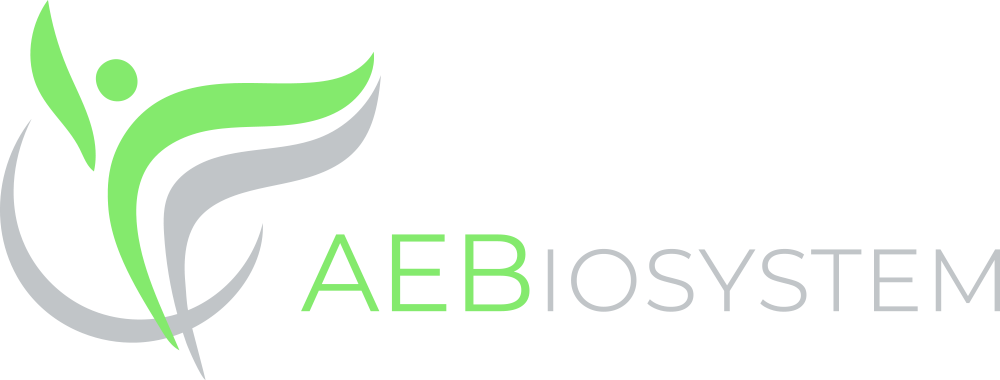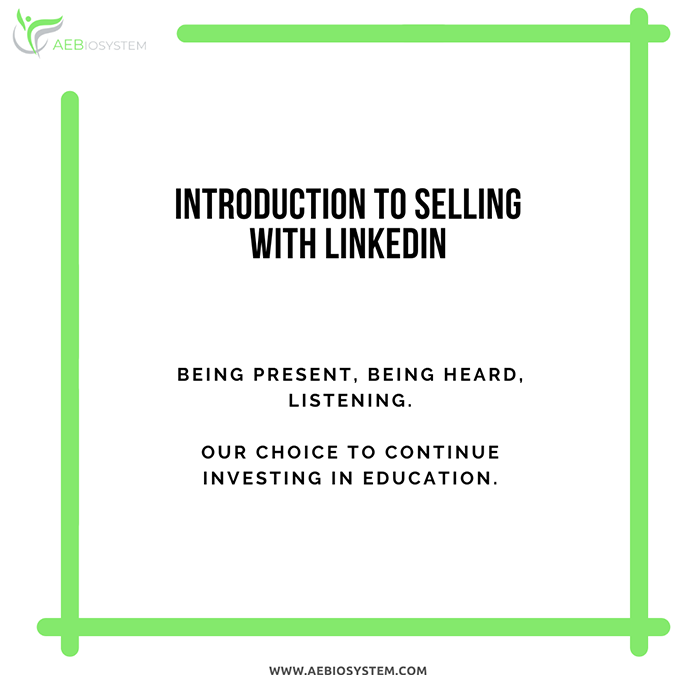From the in-depth course “Introduction to Selling with Linkedin“, taken at Morris Consulting Business Academy (RM), we learned how important it is to study communication strategies and establish an empathetic relationship with our contacts. We need to think and act in real time, respond to change by learning how to build a methodology for building business relationships, giving them value and consistency to achieve a personal style on Linkedin.
Linkedin is an essential tool for companies and clients. Studies have shown that, companies that use professional social networks such as Linkedin generate +45% more opportunities per quarter and are +51% more likely to achieve their goals than companies that do not use them.
Only by establishing a connection of trust, we can share the customer’s passion, needs and expectations, give advice that is “empathetically connected,” which would be listened to with a good chance. The customer is strong, informs himself and chooses for himself. The role of the salesperson therefore is not to educate. The game being played is that of “choice.” The customer is autonomous for 57% of the purchase path (discovery, research, selection and decision) without involving the salesperson. That is why cold contact does not work and more than 97% do not move forward.
Why is it important for our company to train staff in this area?
Every year the number of people involved in a corporate purchase increases, and incredible is the influence of the web and social in purchasing processes. 75% of all purchasing processes are initiated and/or influenced by the web and social with a peak of 84% among executives. For its part, Linkedin makes it possible to trace a company’s employees, with a simple search by scope, thus saving time and costs (such searches are free). In addition, it allows one to build one’s social and fiduciary network, guaranteeing excellent chances of success. It follows that we must orient our strategies toward decision makers, then define new strategies and implement behaviors responsive to the standing of our stakeholders. Selling with Linkedin means using Linkedin to interact directly with our prospects. It means doing so by giving the relationship value, responding to the prospect’s expectations, and offering them content that interests and engages them.
Selling with Linkedin is a professional activity for professionals. One in three professionals are on Linkedin, 13% of Linkedin users are not on Facebook, 59% of Linkedin users do not use Twitter. To date, Linkedin is the most cost-effective option and the one you should invest in to build business relationships. We have learned how it is better to do things well in one social and focus on it than to do different, poor and inconsistent actions on different social. Linkedin is the ideal communication channel for building ties with our target customers because it offers the opportunity to interact and add value to the customer relationship, making our content interesting and engaging.
So why be social? We have seen that our customer or prospect makes purchasing decisions without us by making use of the web. So in social we have to be there, be visible, be heard, be interesting, earn the customer’s trust, stay connected. The digital revolution is not about becoming social, because social we have been social for millennia. It means doing it with new tools.
Why is it necessary to listen?
Our actions aimed at making ourselves heard and cause reactions, and that has great value. These reactions are a gold mine that, if properly treated, can turn into everything we need to center a winning strategy. The factors that elicit these reactions are called “triggers,” English for “trigger.” This type of tool requires a deep understanding of user behavior and the ability to build campaigns that perfectly match their needs. A poorly set trigger can turn into a bad user experience and cause the opposite effect to the one desired. The goal of triggers is to attract the user’s attention with communications that are on target, not only with our personal brand, but also with the interests shared with the user, so as to establish that valuable relationship we
we were talking about earlier.
Unconsciously, we have always had a personal brand. The time has come to have it Consciously and to have it online. Compared to the past, our personal brand no longer has limits
of reach; it is within everyone’s reach. This means that in a professional context, everyone can build a strong personal brand capable of informing people about our talents
experiences and values and to attract potential clients. Participation is inherent in existing. We need to be ourselves because we are unique and original and we have a personality. With the new digital tools in our possession, we can build a successful personal brand with little or no monetary investment, thereby valuing our our experiences, our talents, and our personhood. The more value we, as people, acquire, the more value our company and our products acquire. Our personal brand is a mix of:
– what defines and characterizes us as a person?
– what perception do others have of us? what are our contacts?
– what are our values, our strengths, our passions?
– what are our life achievements?
– what is our uniqueness? what do we want to offer the world?
We stay focused on what we want to achieve from our communication. We have learned that in selecting topics:
– 70% of content must be “industry” content;
– 20% can talk about what we can do for them
– 10% can talk about us sometimes it is that 10% that makes the difference
The important thing is to be authentic, honest and transparent, to find the right balance between being close (never too much) and being professional (but not cold and fake). In correspondence:
– 70% our clients are always interested in learning more about their industry, their business, what is happening in their segment;
– 20% of the content may be about our company and our products, but not exclusively the technical specifications, but also the applications, benefits and end results for our customers. In fact, success stories and customer testimonials have always been the best arguments;
– in the remaining 10% we can be a little more personal, dealing with our own views, opinions, successes and failures, helping our audience understand that we are human beings and not corporate robots. Trying to find the right balance between personal and professional can be difficult, but in being ourselves we will find the right balance.
Content is king, distribution is queen, which is why we are focused on engaging collaborators and colleagues in promoting our content. Large organizations in the space of business to consumer (b2c) have long understood the benefits of having a community of people who want to stay in touch with their brand.
Every time they send a message to the group of followers, it impacts them in a free way. That is why we need specific training to arrive at a community-building strategy. Professor Ronald Burt of the Booth School of Business in Chicago states that “the best predictor of career success is open networks,” which means having a social network with connections outside the inner circle of family and friends. The larger our network, the more visibility we will have when sharing our content. Another great advantage of a large network is that if our content is relevant and engages our network as its members interact with our content with likes, shares and comments, they in turn are expanding the reach of our content to their respective networks, and we begin to see an exponential increase in exposure to new people.
Again Burt: “the opportunity lies in the weakest link in our social network,” which would be the link in our connection, known as the second-level link, which sees our
our content for the first time and can assess whether we can help them with some need they might have. Visibility creates opportunity.
The size of our community matters, and attracting leads comes from visibility, and visibility comes from exposing our content to our community. The larger the community, the greater the options for interaction and thus exposure to weak links and potential new customers. There are two ways to increase the number of links: grow in quantity and grow in quality. We choose quality, and this is evidenced by the very high level of our followers’ profiles. The success of these actions of ours is measurable and we will have to measure it constantly.
A rule for the content of the report can be as follows:
– 80% about the market or industry in which our prospect moves or in which we move;
– 20% about our service or product, preferably told through successful cases or applications, so that it is perceived as being told by a third party, our customer.
We aim to finalize, with a meeting, the process, that is, asking the customer to continue our conversation in person. In our view, a meeting should be the natural outcome: if we have established a conversation with our customer and built trust and credibility by sharing relevant content, then it will be almost natural to ask them for a meeting.
This is so that we don’t forget that behind our business realities are us, people who have lives and interests separate from the company, and that makes us more “human” in the eyes of our prospects, and that makes what we want to communicate even more real and truthful. The famous 10% mentioned above.

